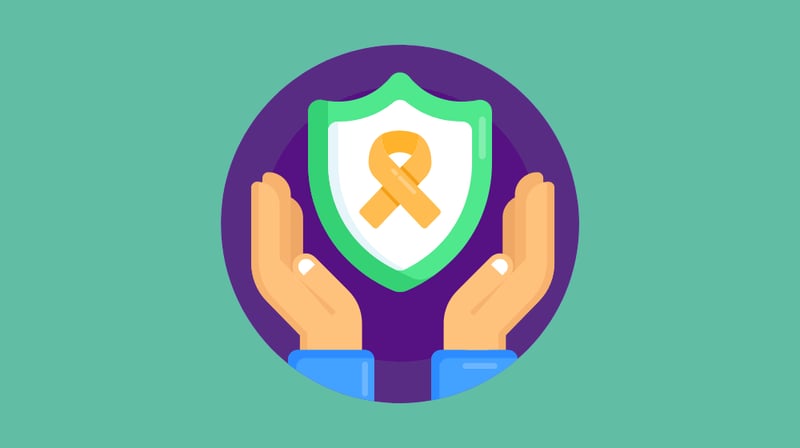Happy World Mental Health Day!
This year, the World Federation for Mental Health is striving to raise awareness about the scale of suicide around the world and the role that each of us can play to help prevent it.
Every 40 seconds, someone loses their life to suicide. In the United States, it is the second leading cause of death among people ages 10-34.
Additionally, one in five adult Americans lives with mental illness each year. And mental illness is common among teens and young adults; half of all lifetime mental illnesses develop by age 14 and 75% develop by age 24.
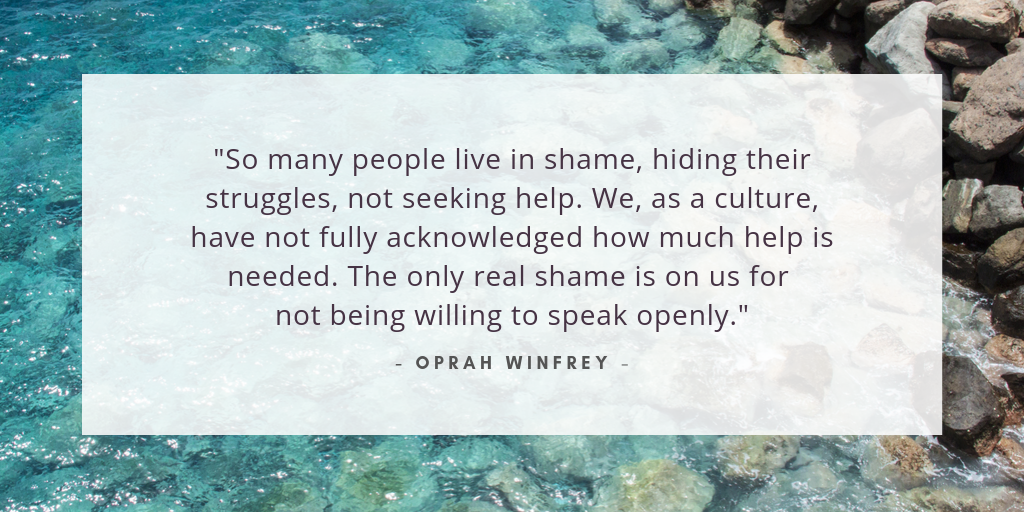
These statistics are staggering. It has never been more important to be an advocate for mental health services and support on our campuses. Student affairs professionals are on the front lines of supporting students, so we need to be equipped with the knowledge and skills to recognize warning symptoms and encourage early intervention.
I realized the importance of recognizing early warning signs from my partner.
Note: He has given me permission to share his story.
When we first started dating, Grayson gave me a book to read. At first, I thought it was a super dark read, but I kept reading because I thought it was such a cute gesture for Grayson to recommend me one of his favorite books.
I later found out that it was his way of telling me about his Schizoaffective Disorder. He told me more about his illness, let me ask questions, and talked about his medication and management strategy.
I was a little overwhelmed but, as I processed our talk, I really wasn’t phased by his diagnosis and I certainly didn’t think of him differently. Grayson was (and is) very dedicated to his treatment and recovery strategy, and this was just a different challenge. And we all have challenges, including myself, as I have Generalized Anxiety Disorder.
Then, in August 2014, when I picked Grayson up at the airport after he completed a residency program for his masters in art therapy, I immediately knew something was wrong. As we started talking about his trip, I recognized that his behavior was off. He was talking fast, couldn’t focus, seemed distant, and was overly paranoid about my driving.
Flash forward several days, after a 9-1-1 call and an overnight in the emergency psych unit: Grayson was finally settled in the inpatient psych unit for an undetermined length of time.
Until that experience, I had no idea what the diagnosis of schizoaffective actually meant and how Grayson’s psychosis and symptoms manifested themselves. I felt isolated and alone. Oh, and I should mention: This was happening in August in student affairs.
I finally had to tell my supervisor. I hoped my colleagues would be empathic, but I still had to battle stigma and shame to work up the courage to tell them. I wish I could say I had a supportive conversation. Instead, I felt even more stigmatized.
After 28 days in the inpatient psych unit, Grayson was finally released. His recovery continued for the next couple of months as he reacclimated and reflected on his episode.
The stigma around mental illness is hurtful, and for a long time I struggled with how to advocate against it. I’ve felt judged and bullied when experiencing a panic attack. I’ve felt ashamed and judged by family members and friends for my relationship with Grayson. And I have experienced discrimination in several workplaces regarding my own mental health status, as well as Grayson’s.
Yet, I know that I have to speak out, and the best way to do that is to tell my story.
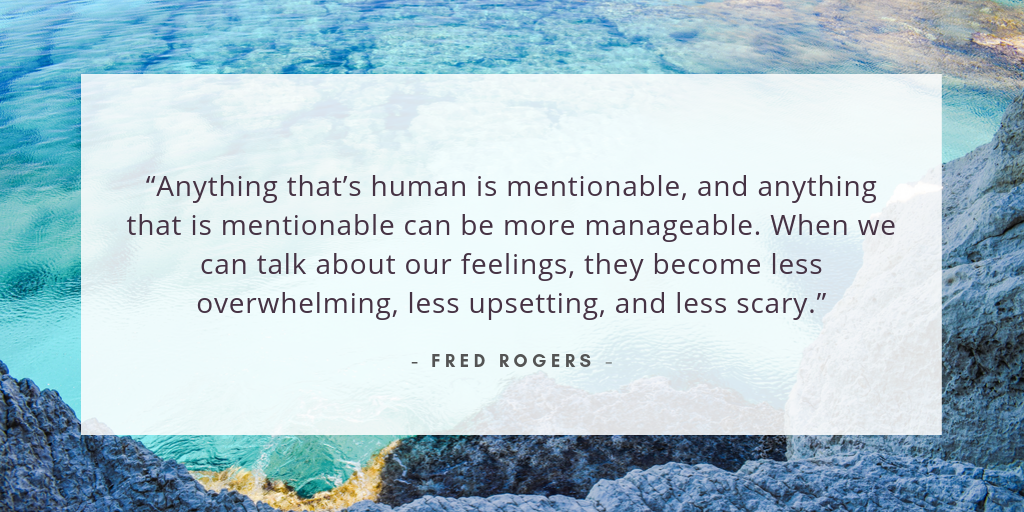
The first time I did so was at a LeaderShape session. Sharing my story was raw, messy, and vulnerable. It took all the courage I had, but I also felt like a weight had been lifted off my shoulders. Although several people thanked me afterward, I was unsure of how it landed overall.
Again, I felt the stigma of mental illness — that is, until I checked my mailbox and found a note from a student, that said:
“Kate, thank you for your story. I live with bipolar [disorder] and I never thought anyone would love me because of my diagnosis. But after hearing about your relationship with Grayson, I now know I do deserve love.”
I was immediately brought to tears, and I’m even getting misty-eyed as I write this.
After reading that note, I realized that no matter how vulnerable or uncomfortable I feel sharing my story, I have to keep doing it. It has the power to comfort other people who might feel the slightest bit of connection to my experiences. I can play an active role in stopping the stigma of mental illness.
To celebrate World Mental Health Day, here are some actions you can take to help me in this fight.
5 Supportive Behaviors
1. Share your story
I think people crave authentic leadership. The more I have opened up about my experience with mental illness, the more people have approached me to talk about a loved one or to share a personal experience.
Now you don’t have to get into all the details of your story if you aren’t comfortable doing so. But it’s helpful to empathize with students who are anxious about a midterm or have just seen a therapist for the first time.
Here’s the bottom line: When students see an “adult” working through challenges, it helps them develop their own strategies and begins to normalize the experience.
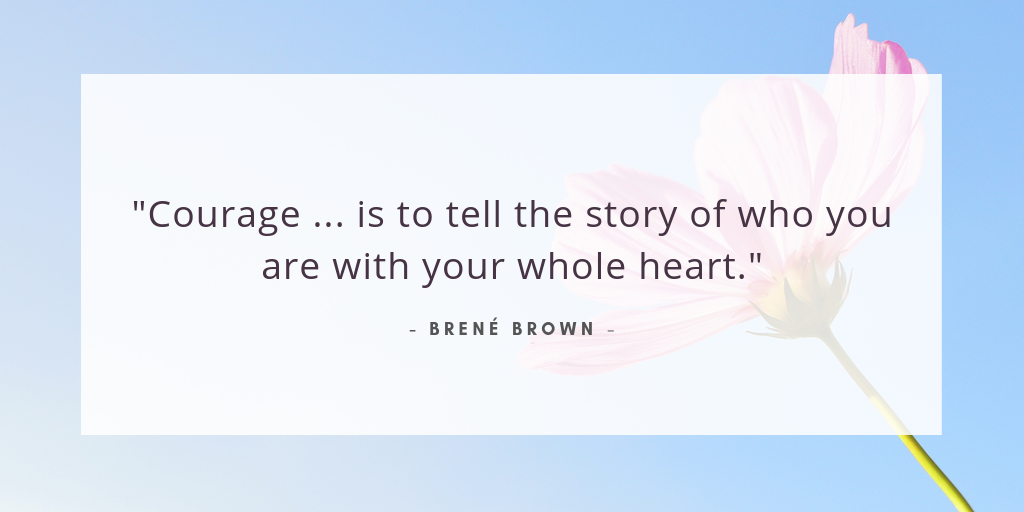
2. Check your language
How many times a day do you use the word “crazy”, “insane”, or “psycho” to describe someone or something? And, have you ever heard someone refer to the weather as “schizo”?
These are harmful microaggressions. They spread prejudicial slights and insults towards people living with mental illness.
Instead, get in the habit of describing situations as “intense”, “unexpected”, or “alarming”. These are better options than trivializing someone’s clinical diagnosis.
Make sure your language accurately describes reality. Words can be hurtful or healing, and we need to pay attention to what we say. People are so much more than their mental illnesses.
3. Participate in training
Just like with other forms of allyship, visibility and education matter. Consider attending some on-campus, community, or online training sessions on mental illness to increase your knowledge and allyship.
Mental Health First Aid is a training my coworkers and I have attended on our campus. This program teaches higher education professionals how to notice and respond to mental health challenges using the acronym ALGEE — which stands for access, listen, give, encourage, and encourage.
Your local NAMI chapter is also a great resource for educational programs and support groups, including NAMI Basics, Family to Family and Peer to Peer.
4. Talk openly about suicide
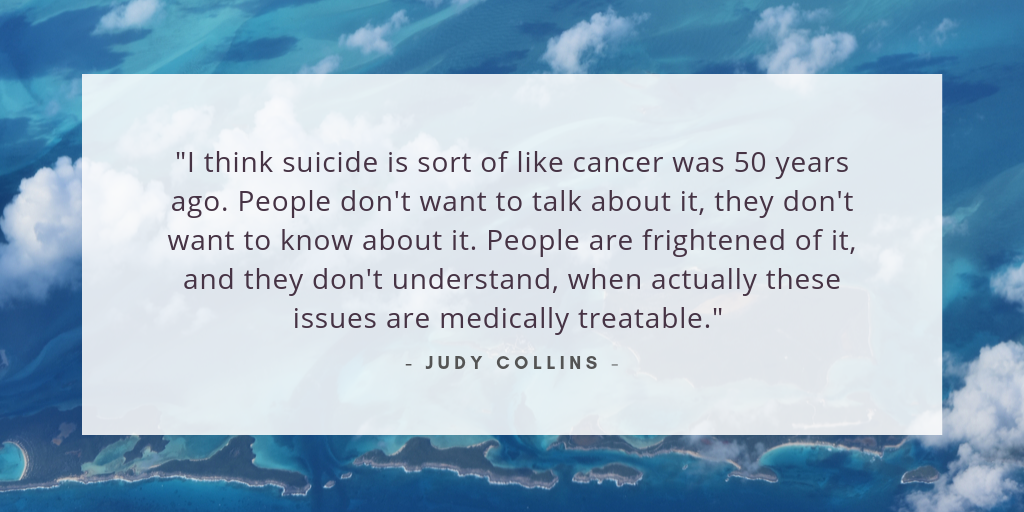
This is a skill that requires practice.
It’s difficult to ask someone if they’re experiencing suicidal thoughts or ideations. Once again, NAMI has amazing resources to guide you through these types of conversations.
Roleplaying this type of conversation could be a great use of professional development time during a staff meeting. NAMI suggests it as such. Start by setting up the space, turning on your active listening skills, and taking a breath.
Then use all the good coaching and counseling skills you have developed to start an open-ended conversation with a coworker. When the timing seems right, ask “Have you had suicidal thoughts or ideations?”.
Make sure you practice actually saying these words. Be direct, yet empathic. Eventually, switch roles so that each person has a chance to practice.
And be ready for the response. A student or colleague may indeed tell you that they’ve been having suicidal thoughts.
Make sure you are up to date on your campus policies and resources with your dean of students office and counseling services. Even if someone says “no” (they are not having suicidal thoughts), they may still need some support.
5. Recognize early warning signs of psychosis
Because student affairs professionals work so closely with students, we may be the first to recognize a change. Students may confide in you about symptoms of psychosis they’re experiencing, especially if it’s their first episode. And research shows that early intervention can prevent a full onset of some illnesses and improves long-term outcomes.
Here are some signs and signals of early warning signs of psychosis:
- A sudden decline in self-care
- Becoming fearful or suspicious of other people
- Withdrawing from family and friends or obligations
- Hearing, seeing, tasting or believing things others don’t
- Trouble thinking clearly or concentrating
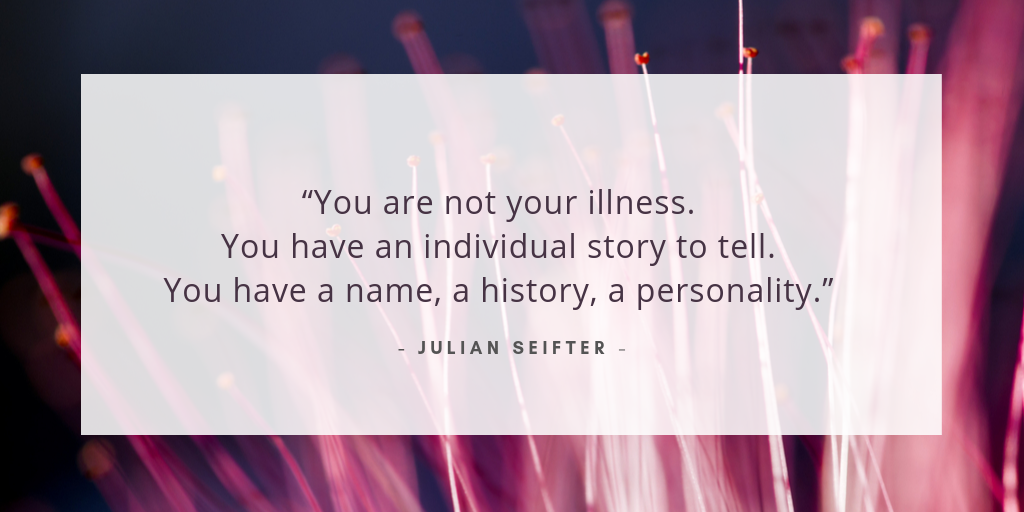
I’m not a psychiatrist and you probably aren’t either. So I’m not advising you to diagnose every student who displays imperfect hygiene or repeats an outfit. What I am saying is if your student affairs spidey senses turn up, it might be worth initiating a conversation.
We’d love to learn how you’re advocating for mental health support on your campus. Connect with us @themoderncampus.



